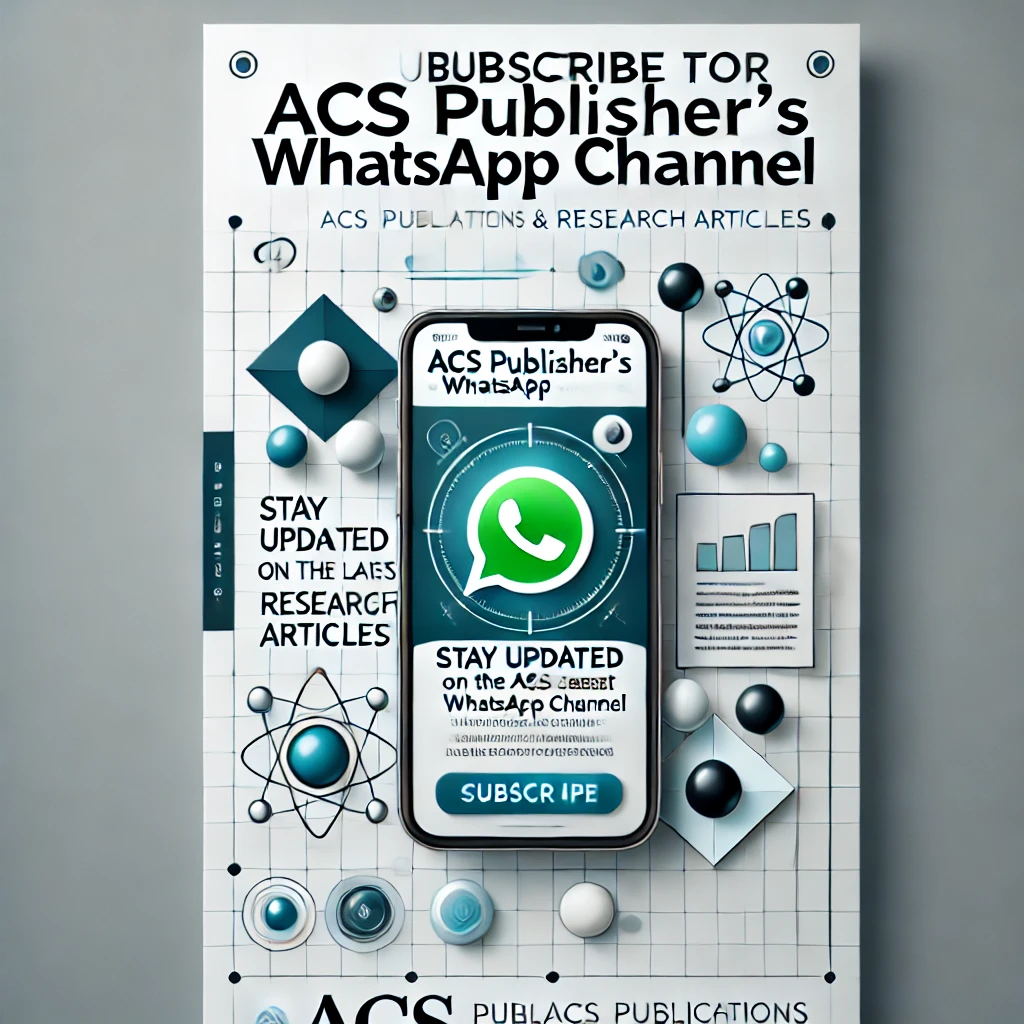TAXONOMIC IDENTIFICATION OF DIATOMS IN VARUNA RIVER: A TOOL FOR FORENSIC INVESTIGATIONS
Keywords:
Bioindicator, Crime scene analysis, Diatom Profiling, Drowning cases, Forensic diatomology, Varuna RiveAbstract
Introduction: Exploring the taxonomic diversity of diatoms in the Varuna River unveils a fascinating realm with profound implications for forensic investigations. The intricate ecological web of these microscopic organisms offers a unique lens to scrutinize environmental dynamics, providing valuable insights crucial in forensic science for accurate analysis and interpretation. Aim: This study aims to analyze diatom populations in the Varuna River across Varanasi, Prayagraj, Bhadohi, and Jaunpur, focusing on their identification, quantification, distribution, and forensic relevance in drowning cases. Methodology: This qualitative experimental study investigates Diatom species variation along the VarunaReferences
1. National Research Council, 2009. Strengthening forensic science in the United States: a path forward. National Academies Press.
2. Pal, Surender & Bhardwaj, Nitika & Ahluwalia, Amrik. (2023). Role of Diatoms in Forensics: A Molecular Approach. 10.1007/978-981-19-5920-2_9.
3. Singh, R., Singh, R., Kumar, S. and Thakar, M.K., 2006. Forensic analysis of diatoms-A review. Anil
Aggrawal’s Internet Journal of Forensic Medicine and Toxicology [serial online], 7(2).
4. Khurshid A, Shah MU, Khurshid M, Sohail A, Ali G. Diatom-Positive Cadaver: Drowning or Homicide? Cureus. 2021 Sep 27;13(9):e18312. doi: 10.7759/ cureus.18312. PMID: 34725584; PMCID: PMC8553277.
5. Levkov, Zlatko & Williams, David & Nikolovska, Dragica &Tofilovska, Slavica & Cakar, Zdravko. (2017). The use of diatoms in forensic science: advantages and limitations of the diatom test in cases of drowning. The Archaeological and Forensic Applications of Microfossils: A Deeper Understanding of Human History.
6. Verma, Kapil. (2013). Role of Diatoms in the World of Forensic Science. J Forensic Res. 4. 181-184. 10.4172/ 2157-7145.1000181.
7. Mann, D.G., Crawford, R.M., Round, F.E. (2016). Bacillariophyta. In: Archibald, J., et al. Handbook of the Protists. Springer, Cham. https://doi.org/10.1007/ 978-3-319-32669-6_29-1
8. Kaushik, N., Pal, S. K., Sharma, A., & Thakur, G. (2017). Role of Diatoms in Diagnosis of Death Due to Drowning: Case Studies. International Journal of Medical Toxicology and Forensic Medicine, 7(1(Winter), 59–65. https://doi.org/10.22037/ ijmtfm.v7i1(Winter).14047
9. Round, F.E., Crawford, R.M. and Mann, D.G., The Diatoms: Biology and Morphology of the Genera.Cambridge University Press, Cambridge1990;747
10. Chaudhary, Rinkal & Dhingra, Vinod. (2022). Forensic significance in the cases of drowning deaths: An elaborative study. IP International Journal of Forensic Medicine and Toxicological Sciences. 6. 122- 126. 10.18231/j.ijfmts.2021.026.
11. Karthick, B., Hamilton, B. and Kociolek, J.P. 2013. An Illustrated Guide to Common Diatoms of Peninsular India. Gubbilabs, pp. 206.
12. Varshney A, Shukla S. Morphometric Analysis in Varuna River Basin: A Geoinformatics Based Analysis. 13. NASA Shuttle Radar Topography Mission (SRTM)(2013). Shuttle Radar Topography Mission (SRTM) Global. Distributed by OpenTopography. https://doi.org/10.5069/G9445JDF. Accessed: 2024-09- 16)
14. Grimm EC. CONISS: a FORTRAN 77 program for stratigraphically constrained cluster analysis by the method of incremental sum of squares. Computers & geosciences. 1987 Jan 1;13(1):13-35.
15. Ludes B, Coste M, North N, Doray S, Tracqui A, Kintz P. Diatom analysis in victim’s tissues as an indicator of the site of drowning. International journal of legal medicine. 1999 Apr;112:163-6.
16. Swann, H., Hink, B., Koester, H., Moore, V., & Prine, J. J. S. (1952). The intrarenal venous pressure. 115(2977), 64-65.
17. Piette, M. H., & Els, A. J. F. s. i. (2006). Drowning: still a difficult autopsy diagnosis. 163(1-2), 1-9.
18. Auer, A., &Möttönen, M. J. Z. f. R. (1988). Diatoms and drowning. 101, 87-98
19. Bortolotti, F., Del Balzo, G., Calza, R., Valerio, F., Tagliaro, F. J. M., Science, & Law, t. (2011). Testing the specificity of the diatom test: search for false positives. 51(1_suppl), 7-10.
20. Zhao, J., Liu, C., Hu, S., He, S., & Lu, S. J. I. z. o. l. m. (2013). Microwave Digestion—Vacuum Filtration Automated Scanning Electron Microscopy as a sensitive method for forensic diatom test. 127, 459- 463.
21. Sidari, L., Di Nunno, N., Costantinides, F., &Melato, M. J. F. s. i. (1999). Diatom test with Soluene-350 to diagnose drowning in seawater. 103(1), 61-65.
22. Zhou Y, Cao Y, Huang J, Deng K, Ma K, Zhang T, Chen L, Zhang J, Huang P. Research advances in forensic diatom testing. Forensic Sci Res. 2020 Mar 23;5(2):98-105. doi: 10.1080/20961790.2020.1718901. PMID: 32939425; PMCID: PMC7476611.
